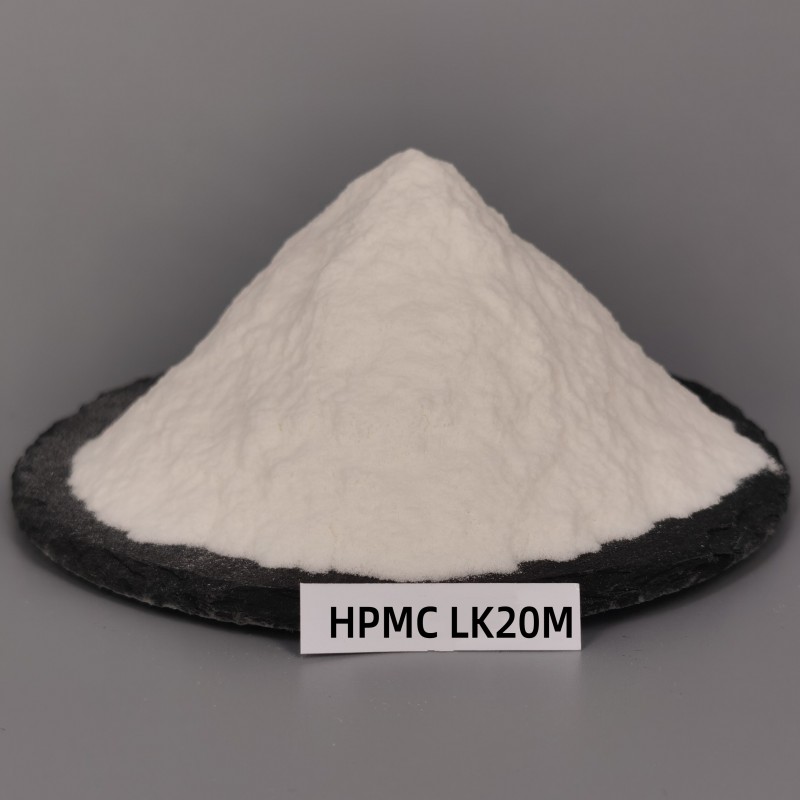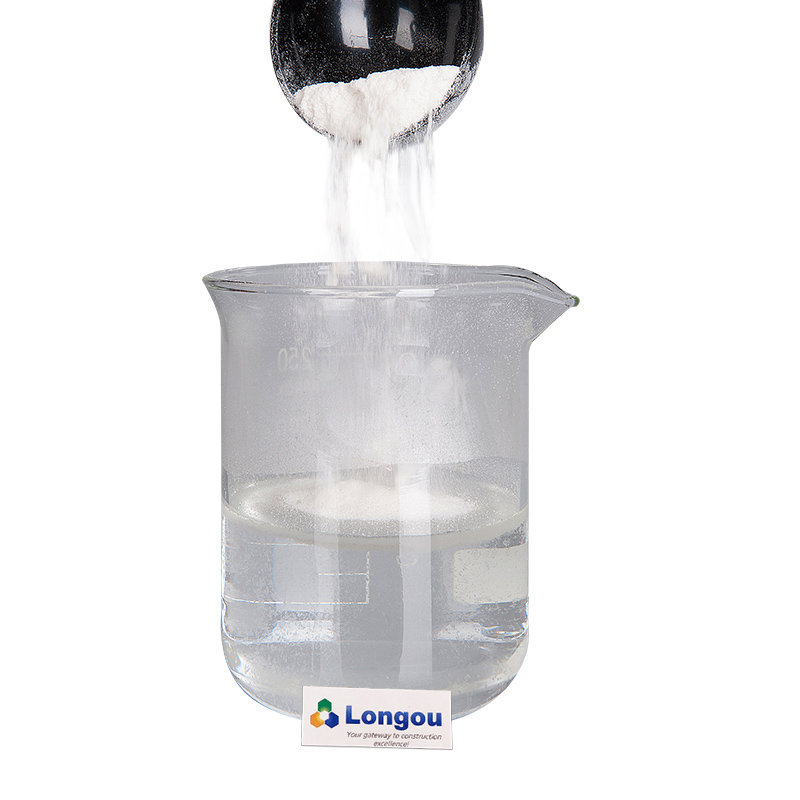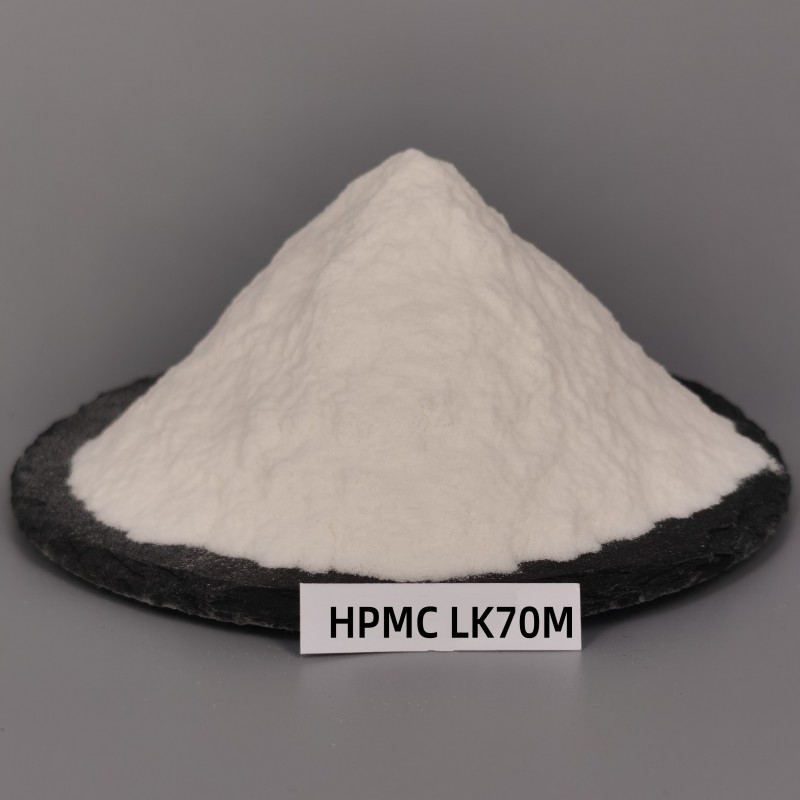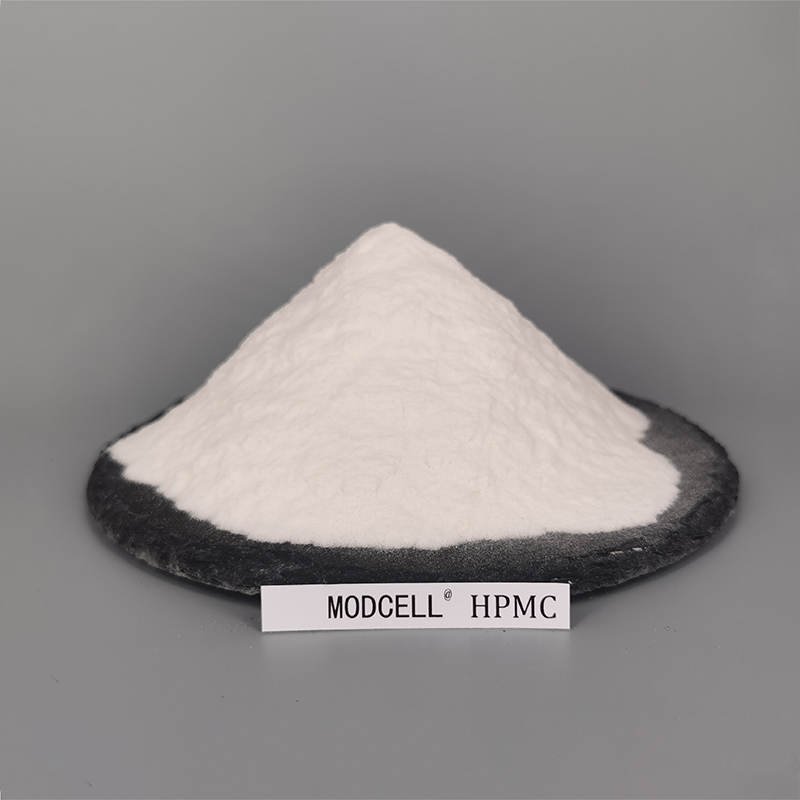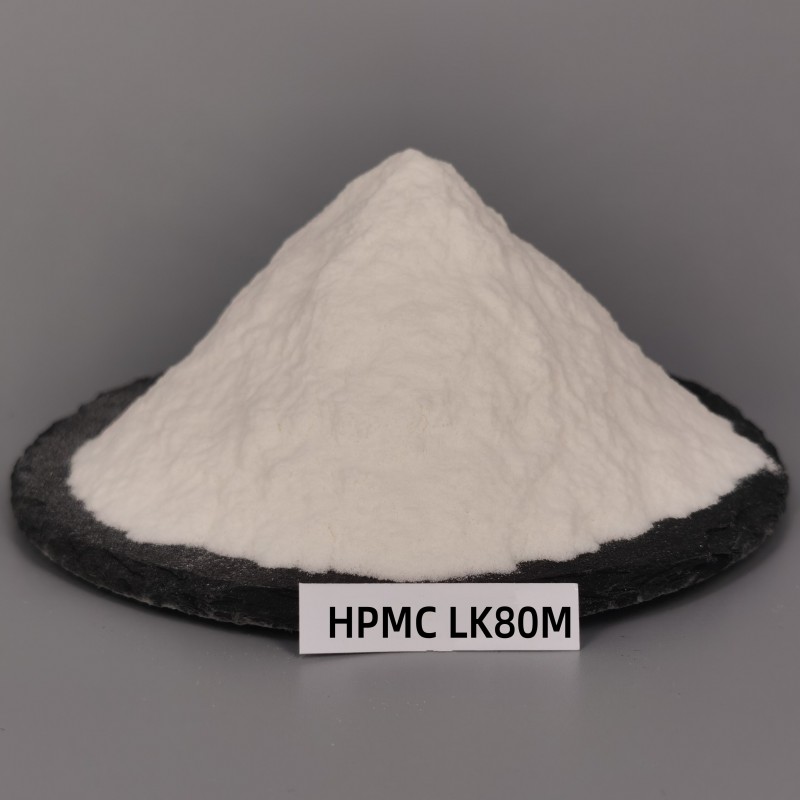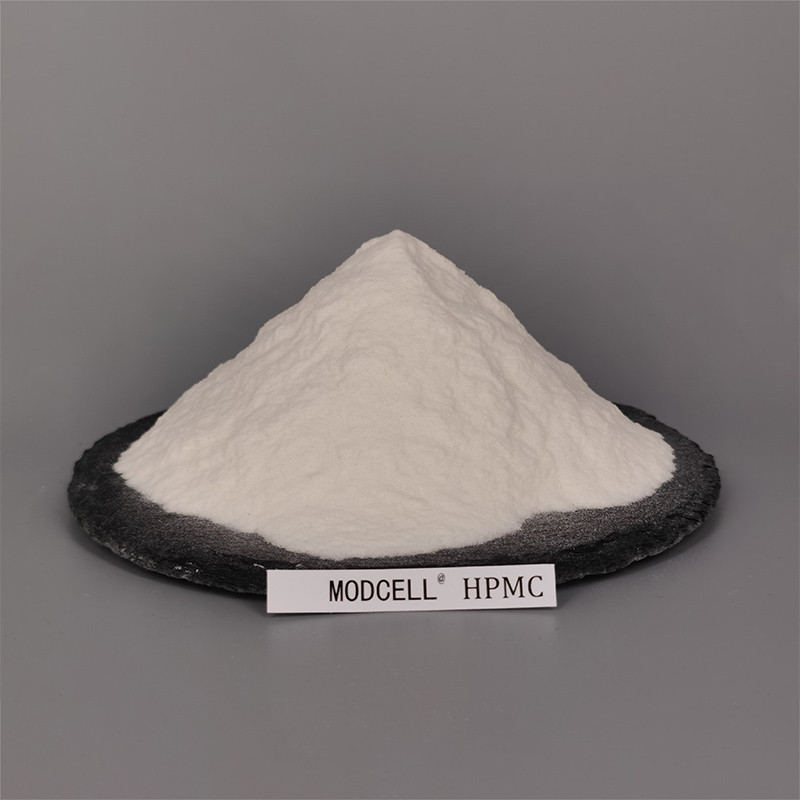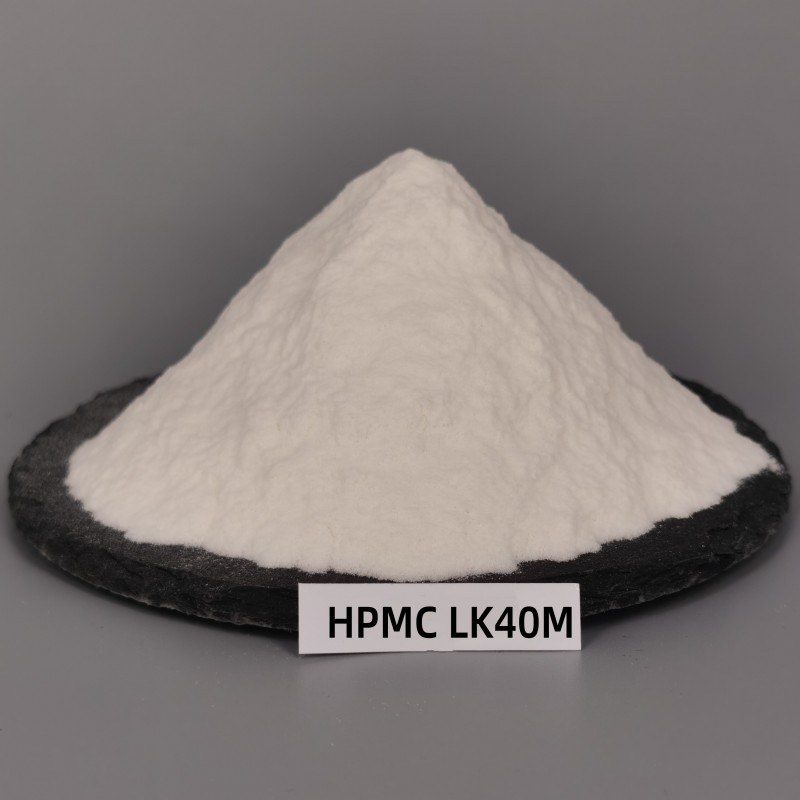Hydroxypropyl Methyl Cellulose 9004-65-3 With High Water Retention Performance
Product Description
Hydroxypropyl Methyl Cellulose Ether LK20M is multifunctional additive for ready-mixes and dry-mix products. It is a high efficient water retention agent, thickener, stabilizer, adhesive, film-forming agent in building materials.
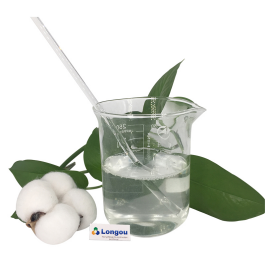
Technical Specification
|
Name |
Hydroxypropyl Methyl Cellulose LK20M |
|
CAS NO. |
9004-65-3 |
|
HS CODE |
3912390000 |
|
Appearance |
White powder |
|
Bulk density(g/cm3) |
19.0--38(0.5-0.7) (lb/ft 3) (g/cm 3 ) |
|
Methyl content |
19.0--24.0(%) |
|
Hydroxypropyl content |
4.0--12.0(%) |
|
Gelling temperature |
70--90(℃) |
|
Moisture content |
≤5.0(%) |
|
PH value |
5.0--9.0 |
|
Residue (Ash) |
≤5.0(%) |
|
Viscosity ( 2% Solution) |
25,000(mPa.s, Brookfield 20rpm 20℃, -10%,+20%) |
|
Package |
25(kg/bag) |
Applications
➢ Mortar for insulation mortar
➢ Interior and exterior wall putty
➢ Gypsum Plaster
➢ Ceramic tile adhesive
➢ Common mortar
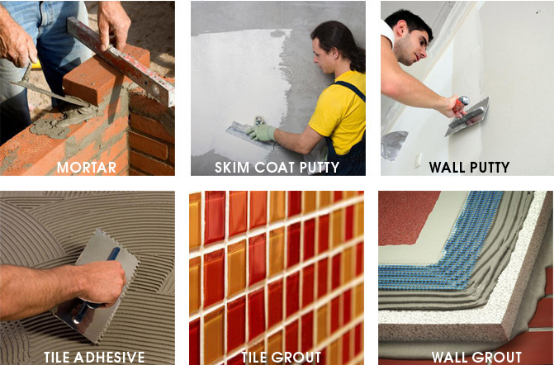
Main Performances
➢ Long open time
➢ High slip resistance
➢ High water retention
➢ Sufficient tensile adhesion strength
➢ Improve workability
☑ Storage and delivery
It should be stored and delivered under dry and clean conditions in its original package form and away from heat. After the package is opened for production, tight re-sealing must be taken to avoid ingress of moisture.
Package: 25kg/bag, multi-layer paper plastic composite bag with square bottom valve opening, with inner layer polyethylene film bag.
☑ Shelf life
The warranty period is two years. Use it as early as possible under high temperature and humidity, so as not to increase the probability of caking.
☑ Product safety
Hydroxypropyl methyl cellulose HPMC LK20M does not belong to hazardous material. Further information on safety aspects is given in Material Safety Data Sheet.
FAQS
HPMC or Hydroxypropyl methylcellulose (INN name: Hypromellose), also simplified as hydroxypropyl methylcellulose (HPMC), is a kind of non-ionic cellulose mixed ether. It is a semi-synthetic, inactive, viscoelastic polymer. Hydroxypropyl methylcellulose is widely used in construction, food, medicine, and other industries.
HPMC CAS No.: 9004-65-3
HPMC Structural:
HPMC HS CODE: 3912390000
Chemical property:
Appearance: White or similar white powder.
Particle size; 100 mesh pass rate is more than 98.5%; 80 mesh pass rate is 100%. Particle sizes of special specifications ranged from 40 to 60 mesh.
Visual density: 0.25-0.70g/cm (usually about 0.5g/cm), specific gravity 1.26-1.31.
Solubility: Soluble in water and some solvents, such as the appropriate proportion of ethanol/water, propanol/water, etc. The aqueous solution has surface activity. With high transparency and stable performance, the gel temperature of different specifications is different, the solubility changes with viscosity, the viscosity is lower and the solubility is greater. The performance of HPMC with different specifications has a certain difference. The dissolution of HPMC in water is not affected by the PH value.
HPMC produced by Longou:
Longou is producing and providing different types of HPMC and HEMC(MODCELL®)for different applications. Generally, Longou HPMC consist of two series HPMC, one series of HEMC and modified products.
Standard types:
HPMC LK
HPMC LE
HEMC LH
Modified types:
HEMC HP
HPMC KV
Hydroxypropyl methylcellulose (HPMC) are cellulose ethers that have had hydroxyl groups on the cellulose chain substituted for a methoxy or hydroxypropyl group. It is made by special etherification of highly pure cotton cellulose under alkaline conditions. In recent years, HPMC, as a functional admixture, mainly plays roles in water retention and thickening in the construction industry and is widely used in drymix mortars, like tile adhesive, grouts, plastering, wall putty, self leveling, insulation mortar and etc.
Normally, for putty powder, the viscosity of HPMC is enough at about 70,000 to 80,000. The main focus is on its water retention performance, while the thickening effect is relatively minor. For mortar, the requirements for HPMC are higher, and the viscosity needs to be around 150,000, which can ensure that it works better in cement mortar. Of course, in putty powder, as long as the water retention performance of HPMC is good, even if the viscosity is low (70,000 to 80,000), it is acceptable. However, in cement mortar, it is more ideal to choose HPMC with a larger viscosity (more than 100,000), because its water retention effect is more significant in this situation.
The problem of putty powder removal mainly depends on the quality of calcium hydroxide and has little to do with HPMC. If the calcium content of calcium hydroxide is low or the ratio of CaO and Ca(OH)2 is inappropriate, it may cause the putty powder to fall off. Regarding the impact of HPMC, it is mainly reflected in its water retention performance. If the water retention performance of HPMC is poor, it may also have a certain impact on the depowdering of putty powder.
The requirements for the use of putty powder are relatively low. A viscosity of 100,000 is enough. The key is to have good water retention properties. In terms of mortar, the requirements are relatively high and higher viscosity is required, and the 150,000 product has better effect.
(1) Construction industry: As a water-retaining agent and retarder of cement mortar, it makes the mortar pumpable. Use plaster, gypsum, putty powder or other building materials as adhesives to improve the applicability and prolong the operation time. It can be used to paste ceramic tile, marble, plastic decoration, paste reinforcing agent, and reduce the amount of cement. The water-retaining property of HPMC prevents the slurry from cracking due to drying too fast after smearing and enhances the strength.
(2) Ceramic manufacturing industry: widely used as adhesives in the manufacture of ceramic products.h after hardening.
(3) Coatings industry: As a thickener, dispersant and stabilizer in the coating industry, it has good solubility in water or organic solvents.
(4) Ink printing: As a thickener, dispersant and stabilizer in the ink industry, it has good solubility in water or organic solvents.
(5) Plastics: as forming release agent, softener, lubricant, etc.
(6) Polyvinyl chloride: As dispersant in the production of polyvinyl chloride, it is the main assistant in the preparation of PVC by suspension polymerization.
(7) Others: This product is also widely used in leather, paper products, fruit and vegetable preservation, and textile industry.






